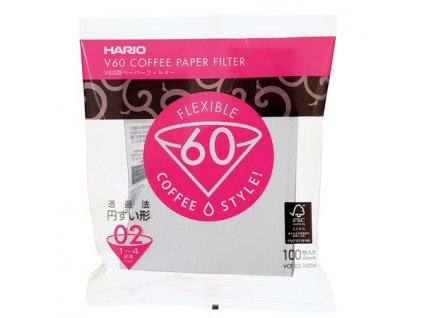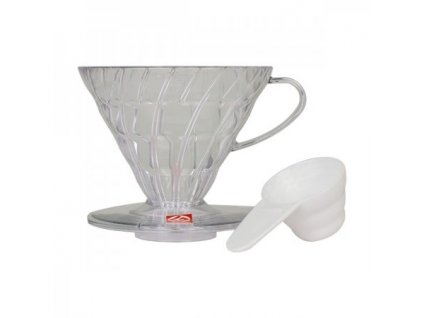Rwanda Lala Salama - decaffeinated
Code: 498/250/ST 498/500/ST 498/100/ST Choose variant



Related products
Product detailed description
Region: Piendamó, Cauca
Farm: San Lorenzo
Altitude: 1700-1900 masl
Caffeine removal method: Sparkling water method
Varietal: Blend of varietals
Importer: Falcon Coffees
Lala Salama, which means "sleep well" in Swahili, is the name chosen for all African decaffeinated coffees. This particular lot is made from Falcon's Agaciro 1000 Hills Blend from Rwanda. Agaciro, meaning dignity, value, and modest price in Kinyarwanda, is a thoughtfully crafted coffee developed by Rwanda Trading Company (RTC). It is produced by carefully selecting beans during the milling process to ensure a clean and pleasant cup that showcases Rwanda’s renowned coffee profile at an accessible price.
Founded in 2009, Rwanda Trading Company is dedicated to creating positive social impact through coffee. By partnering directly with smallholder farmers, RTC fosters economic freedom and security through transparent and resilient supply chains.
RTC prioritizes quality and farmer development, offering training programs in financial literacy, agribusiness management, and agronomy to improve yields and sustainability. The company ensures fair pricing through access to the futures market and oversees every stage of the coffee journey, from milling and processing to quality control. Headquartered in Kigali, RTC employs over 250 full-time and 500 seasonal staff and processes 25% of Rwanda’s annual coffee production. With 16 wet mills across the country, RTC collaborates with farmers to bring Rwanda’s exceptional coffee to roasters in the United States, Europe, and Asia.
THE SPARKLING WATER DECAFFEINATION PROCESS
This process was first discovered by a scientist called Kurt Zosel at the Max Planck Institute for Coal Research in 1967 as he was looking at new ways of separating mixtures of substances. In 1988, a German decaffeination company called CR3 developed this process for decaffeination whereby natural carbon dioxide (which comes from prehistoric underground lakes) is combined with water to create ‘sub-critical’ conditions which creates a highly solvent substance for caffeine in coffee. It is a gentle, natural and organically certified process and the good caffeine selectivity of the carbon dioxide guarantees a high retention level of other coffee components which contribute to taste and aroma.
The process is outlined below:
The green beans enter a ‘pre-treatment’ vessel where they are cleaned and moistened with water before being brought into contact with pressurised liquid carbon dioxide. When the green coffee beans absorb the water, they expand and the pores are opened resulting in the caffeine molecules becoming mobile. After the water has been added, the beans are then brought into contact with the pressurised liquid carbon dioxide which combines with the water to essentially form sparkling water. The carbon dioxide circulates through the beans and acts like a magnet, drawing out the mobile caffeine molecules. The sparkling water then enters an evaporator which precipitates the caffeine rich carbon dioxide out of the water. The now caffeine free water is pumped back into the vessel for a new cycle. This cycle is repeated until the required residual caffeine level is reached. Once this has happened, the circulation of carbon dioxide is stopped and the green beans are discharged into a drier. The decaffeinated coffee is then gently dried until it reaches its original moisture content, after which it is ready for roasting.
There are several benefits to using this process for decaffeination:
- The agent used for extracting the caffeine is entirely natural and the process can be classified as ‘organic’ due to the complete lack of chemicals used throughout. There is also no health risk by consuming coffee that has been decaffeinated in this way.
- The way the process works means the other compounds in the green bean are left untouched, meaning decaffeination has no effect on the flavour and aroma of the finished product. The carbon dioxide is very selective and doesn’t extract the carbohydrates and proteins in the green bean which contribute to flavor and smell.
- The cell structure of the green bean and the finished roasted bean is unchanged which is of great advantage when working with specialty coffees.
- The by-products are 100% natural and recyclable.
------------------------
We roast 3 times a week, so your coffee always arrives freshly roasted. We have been roasting our own coffee since 2019 in Silůvky in southern Moravia.
Additional parameters
| Category: | Coffee |
|---|---|
| EAN: | Choose variant |
| Type: | 100% arabica |
| Origin: | Rwanda |
| ? Roast level: | Medium (espresso) |
| ? Processing: | Decaffeinated using sparkling water method |
| Flavor profile: | Caramel, Citrus, Blood orange |
| ? Acidity: | Medium |
Be the first who will post an article to this item!





